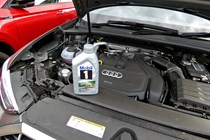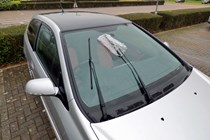If your car has not been used for a while but you’re planning to revive it there are a handful of checks you should do before setting off on that first journey. Cars are designed to be driven regularly and not sat unused for long periods, so they can be a bit fussy when you come back to them after a long period.
Even in the safe haven of a garage there are several parts that will degrade over time and cause issues, such as the battery, tyres and brakes. If left outside, there will be even more to consider including the effects of wet weather and debris from trees. It’s not just old cars that suffer from being left alone, and in some cases modern cars can be even more stubborn if left to their own devices thanks to the computer systems on board.
There are all sorts of reasons to leave a car standing for months on end. Maybe a flat tyre or mechanical issue left it undriveable for a while, you’ve had access to a different car for a while or have simply stopped driving.
When it comes time to bring the car back to life it will pay to be cautious and follow our guide about what to do when you’ve not used your car for a while. We’re talking here about cars left for months rather than weeks, as unless you have an electrical issue causing the battery to drain, cars are pretty happy to be left alone for a few weeks.
If you need to take it to an MOT station (remember, it’s legal to drive to a garage with a pre-booked appointment even with no MOT) or on a longer trip, plan ahead and get the car ready at least the day before.
First steps to take
Will it unlock and open?
It’s usually a good sign if the car responds to a click of the unlock button on the key. If so, the battery has at least some life left in it. If not, use the physical key to open the driver’s door. On a modern car there will be a key hidden in your fob somehow; look for a small notch to get it out and unlock the door.
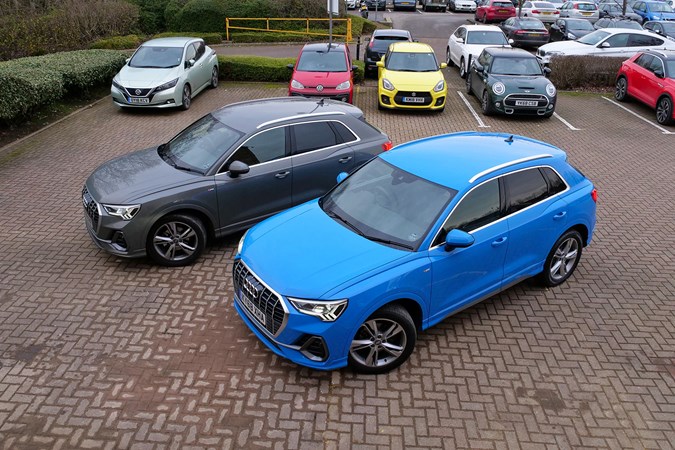
Usually there are only keyholes on the driver’s door and maybe the boot, but once you’re inside you can unlock the other doors from within. It might be an idea to open all the doors to let some fresh air inside.
If your car has been left for a really long time, the rubber seals on your car doors or windows may have deteriorated. This can let water in and cause mould in some cases. Proceed with caution if this is the case as your car interior could be dangerous to your health until thoroughly disinfected.
Will it start?
Turn on the car – one press of the button or a half-turn of the key – and see if the ignition comes on (the dash will light up). Then try starting the engine. It might start weakly (in which case, let it run for at least 15 minutes to recharge the battery) or not at all. In the latter case, it’s likely a flat battery.
The easiest option would be to use a jump-start battery power pack to jump your engine back into life. These useful bits of kit are available from around £50 and include everything you need to restart most petrol or diesel cars, though not every example is capable of jump-starting every engine size, so make sure you have the right pack for your engine before your first attempt.
Alternatively, you could jump-start the car using the power from another running vehicle with a set of jump leads, provided you can get the running car within range of the dead one.
Once the vehicle has been revived, you may find that certain functions are no longer working. Depending on the state of the battery, the time on the clock may need resetting, or the radio may ask for a security code again.

Check engine oil, coolant and washer fluid
If your vehicle has sat stationary for a long period of time, the oil that lubricates the moving components will have sunk back to the sump. You don’t want to starve these components of oil, so it’s best to make sure you have enough before you set off.
It’s also best to do this prior to the engine starting up as you’ll have a more accurate reading before it circulates again, though not crucial. Also, check underneath the engine bay for any leaks – if oil has been leaking you’ll definitely need to top-up before starting.
While you’re at it, you may as well top up your windscreen washer fluid to avoid getting caught out amidst the terrors of the natural world without the means to clean your front window. Windscreen washer fluid can be topped via the screen wash reservoir pipe – usually the one with the colourful cap.

Let the engine run at idle until it’s warmed up properly
You wouldn’t expect a previously bedridden relative to go jogging the moment they’re back on their feet, so afford your car some care by letting it warm up a little before driving again. By letting the engine idle for a few minutes, you’ll give the moving components time to loosen up and all the liquids time to circulate around their systems properly.
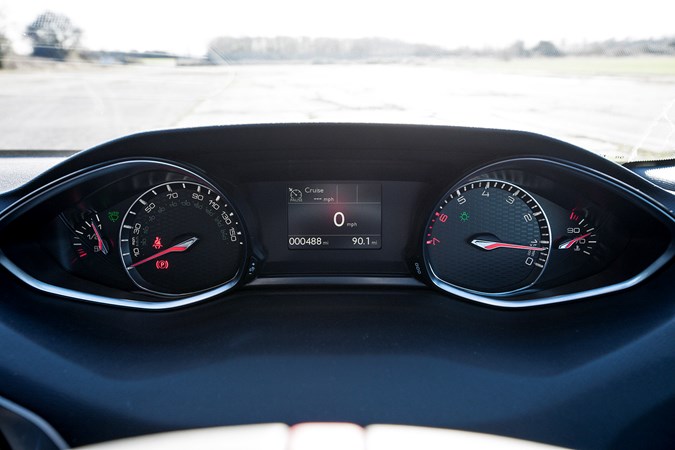
Older cars will need longer before putting them into first, but those that have fuel injection systems won’t need any time at all (at least in theory, though we still recommend waiting a few minutes). While you’re waiting, why not check underneath the vehicle for any decay or rust holes – these will also give an indication as to whether setting off is a good idea.
Check tyre pressures
While you wait for the vehicle to warm up, check the tyre pressures are correct. This also includes your spare tyre if you have one – it may take a few more minutes and it may be a slight faff to gain access to it, but it’ll save you hours of waiting for recovery and having to divert off your original route path to find a fitter elsewhere – and that’s even if they’re open at the time.
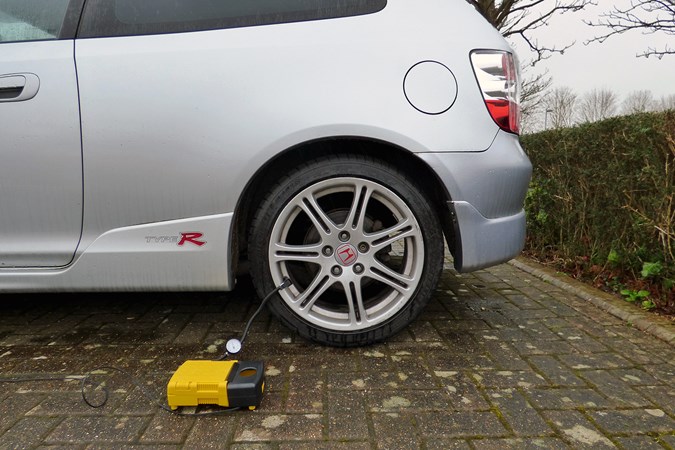
You can check tyre pressure with a mechanical gauge, a digital one, or the gauge on a 12V tyre compressor/pump. Many modern cars will have a compressor for space-saver or puncture repair kits, but it’s a useful tool to have. Prices start around £10, but more robust and accurate models are around £25.
You can find the recommended tyre pressures for each wheel on a panel hidden by one of the front doors – open them up and look for the chart.
Clean debris off the windows and wipers
Take a few seconds to look for any splits on the wiper blades. You don’t want to set off anywhere before discovering the wipers smear trapped leaves or dirt across your view. For future planning, if you intend to leave the vehicle outside for a period over winter, thread them into a plastic bag to protect them from the cold weather conditions.
Check bulbs
This is best done with the help of another person, as you can apply the brakes and switch certain systems on and off while they check for you around the vehicle. Remember it’s an MOT failure if any of these bulbs don’t work.
On the move
The first thing you may discover is the handbrake proving to be a little stubborn. It may need encouragement to release as it remains stuck on, especially after sitting in wet weather conditions.
This all depends on the direction you are heading, but for example, if you engage first gear (or Drive on an automatic gearbox), and it fails to budge forwards, try reverse and gently nudge the vehicle in the opposite direction – you can effectively rock the car back and forth gently alternating between these gears. This will depend on you having space.

Check the brakes as soon as you drive off as the discs will no doubt be covered with a layer of rust, and while you’re on the move, take note of the vehicle pulling in one direction under braking. This should improve the further you drive along, but only apply the brakes with increased force further into your journey.
If the steering wheel pulls in one direction, this could also be an alignment issue if you know the tyres are all correctly pressured.
Drive carefully for the whole first journey and leave plenty of space for other motorists. If you’re not confident the car is safe, take it to a mechanic and tell them the car has been left for a while, and to check for issues.
Just so you know, we may receive a commission or other compensation from the links on this website - read why you should trust us.





